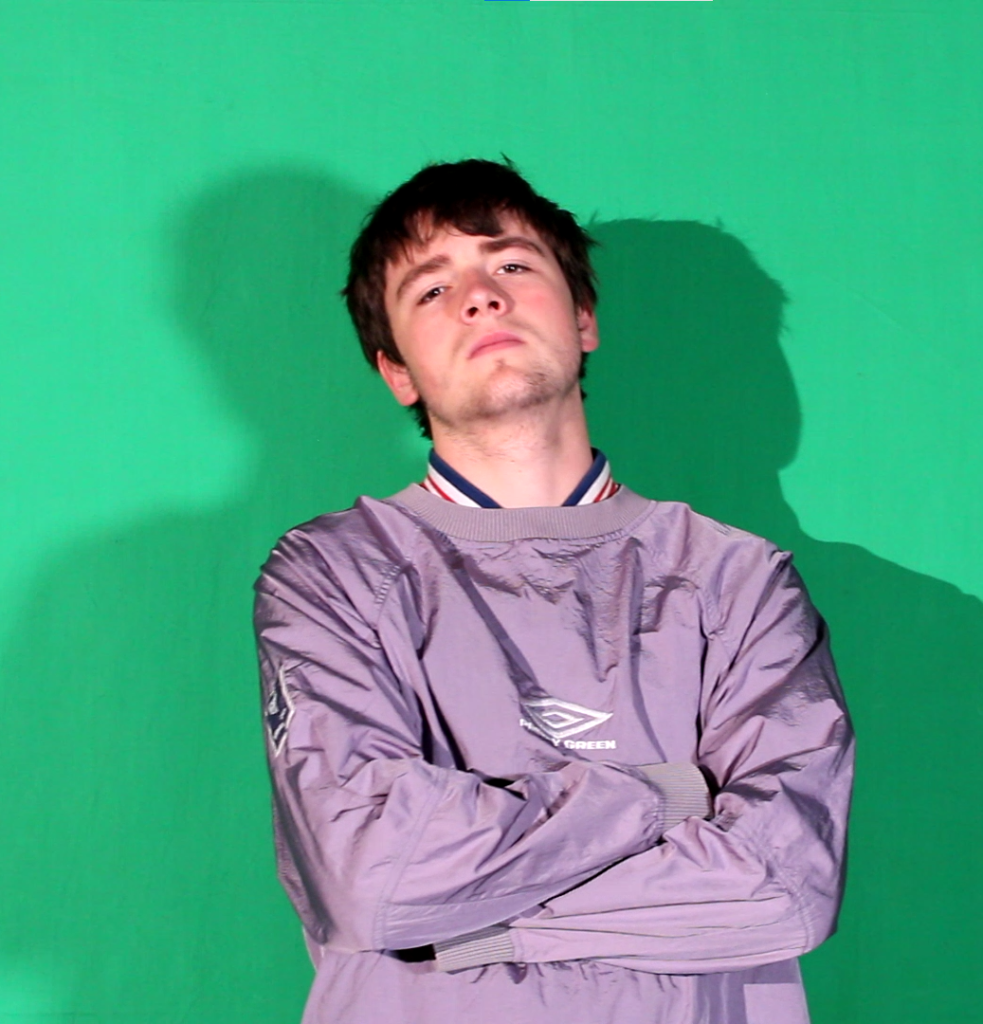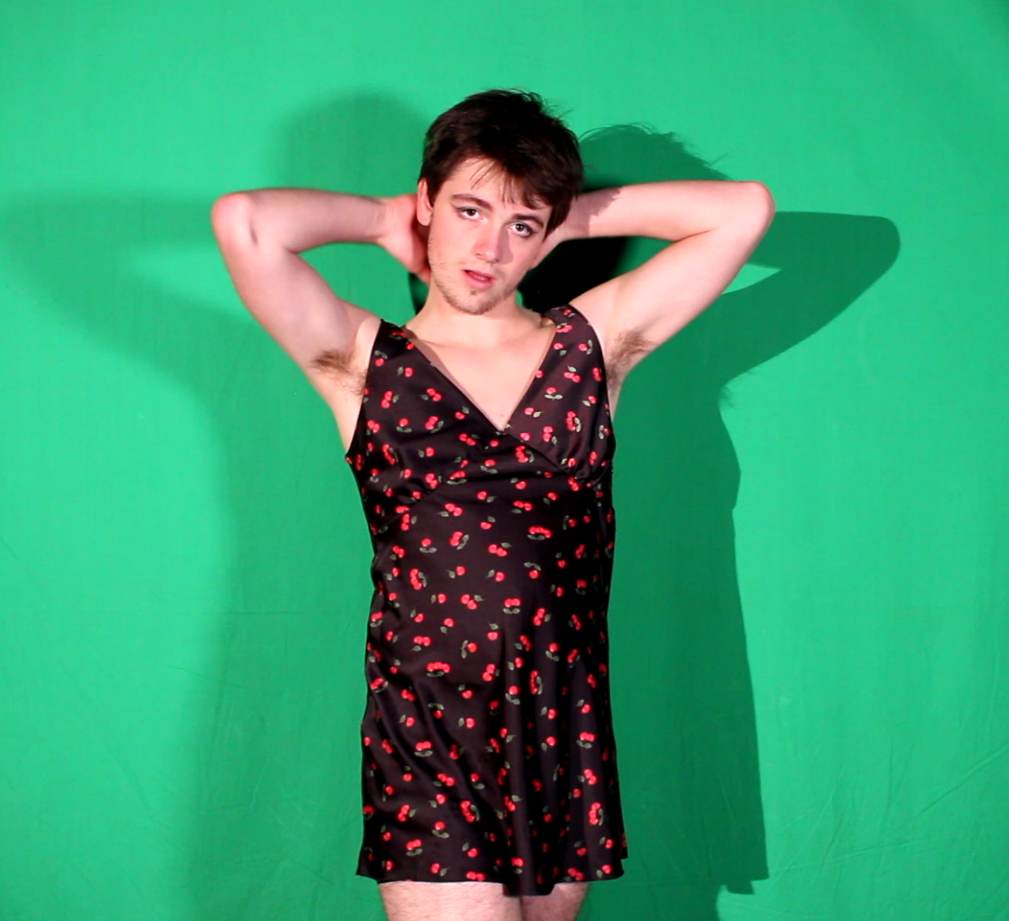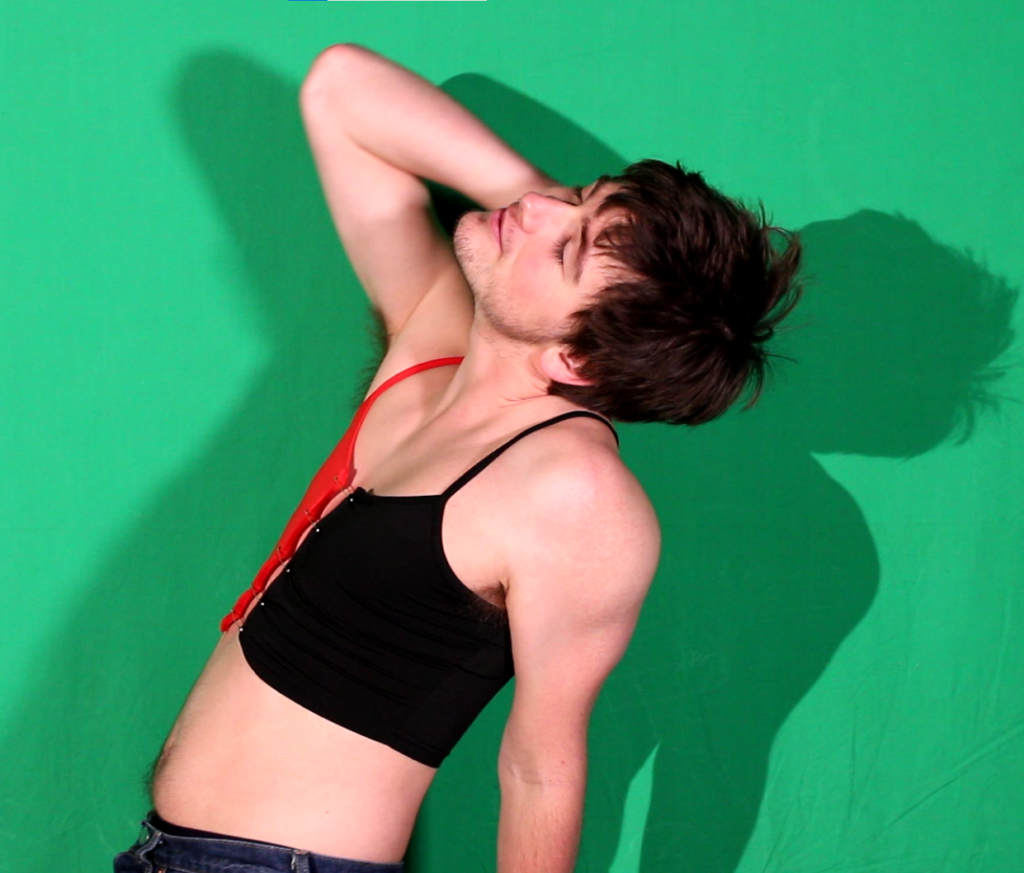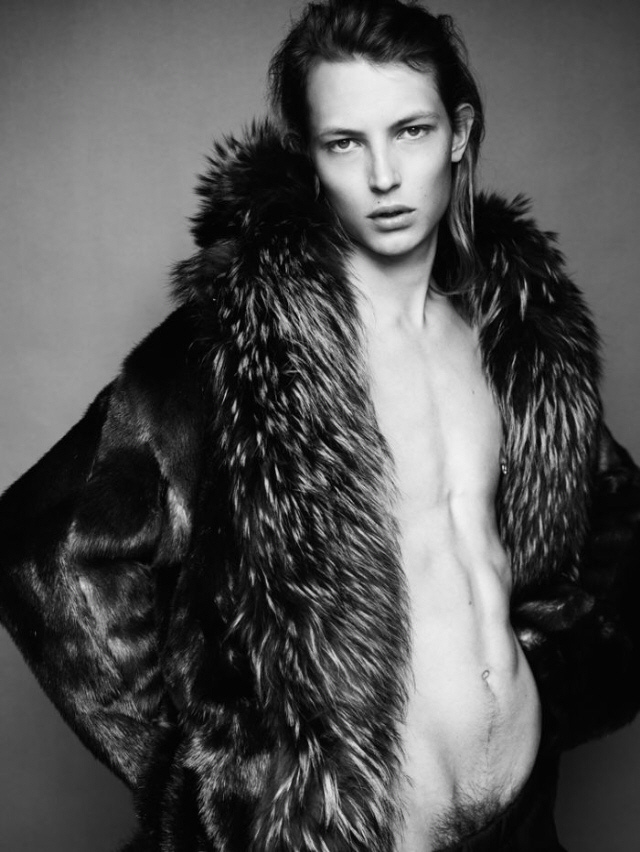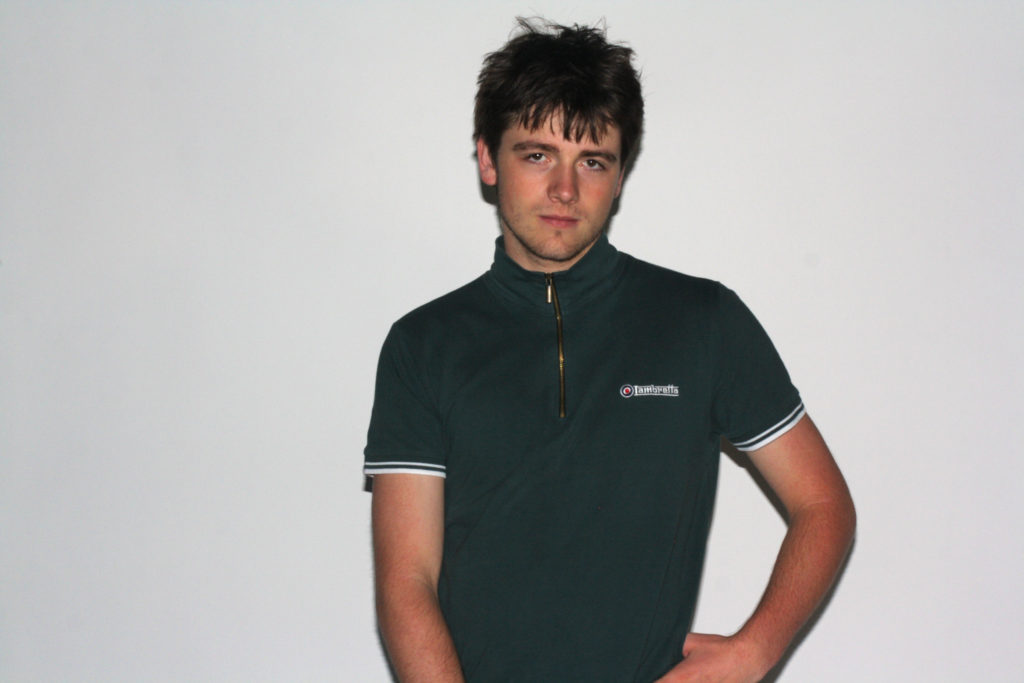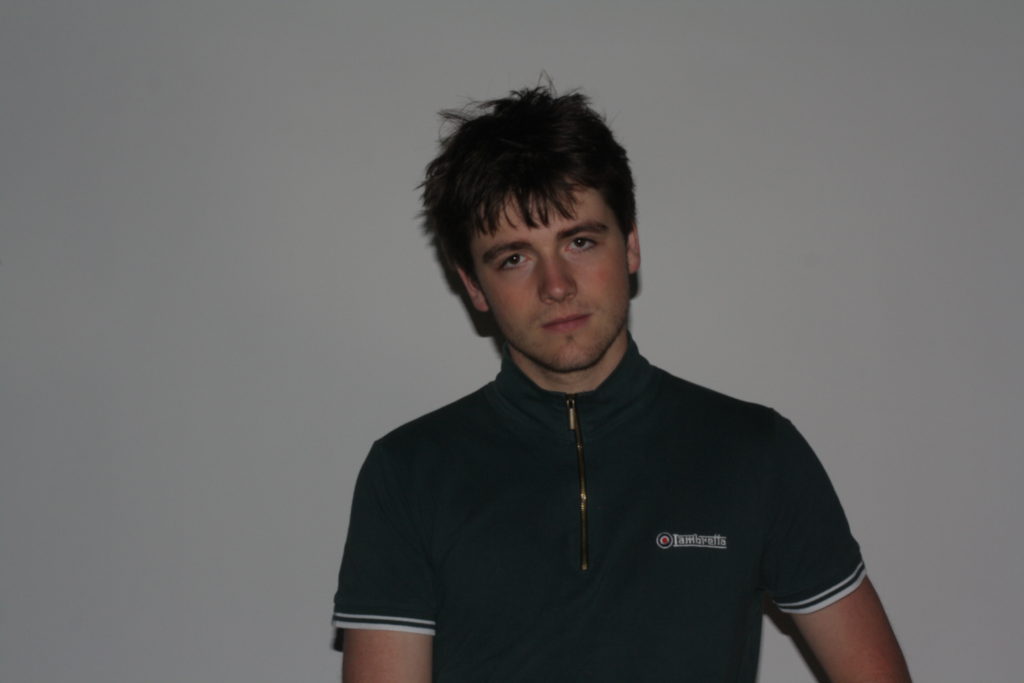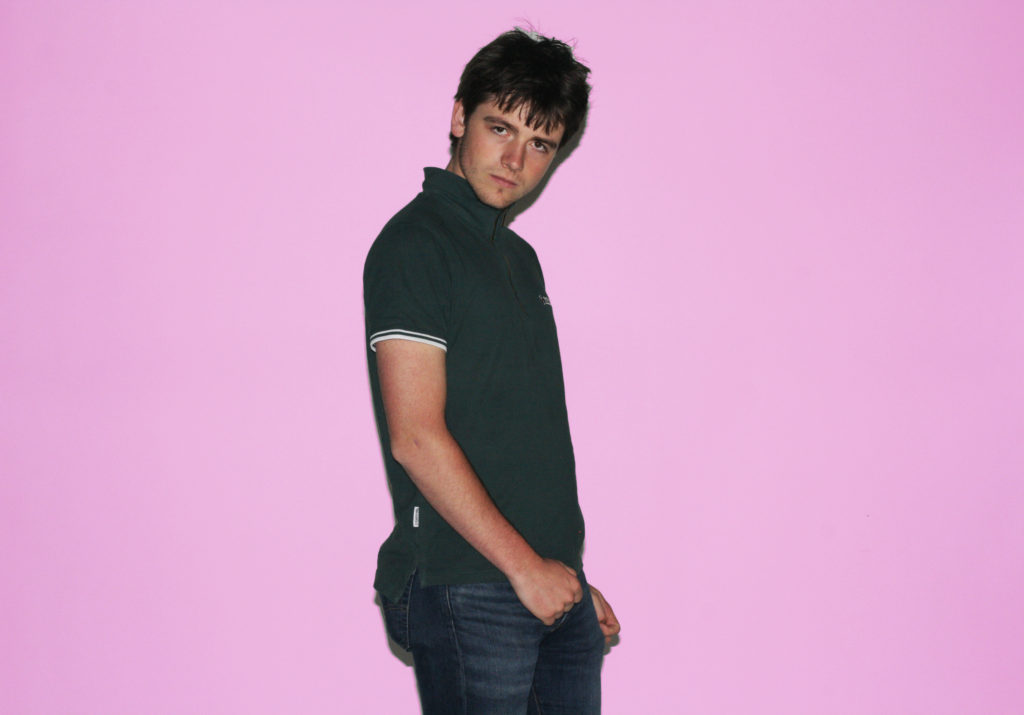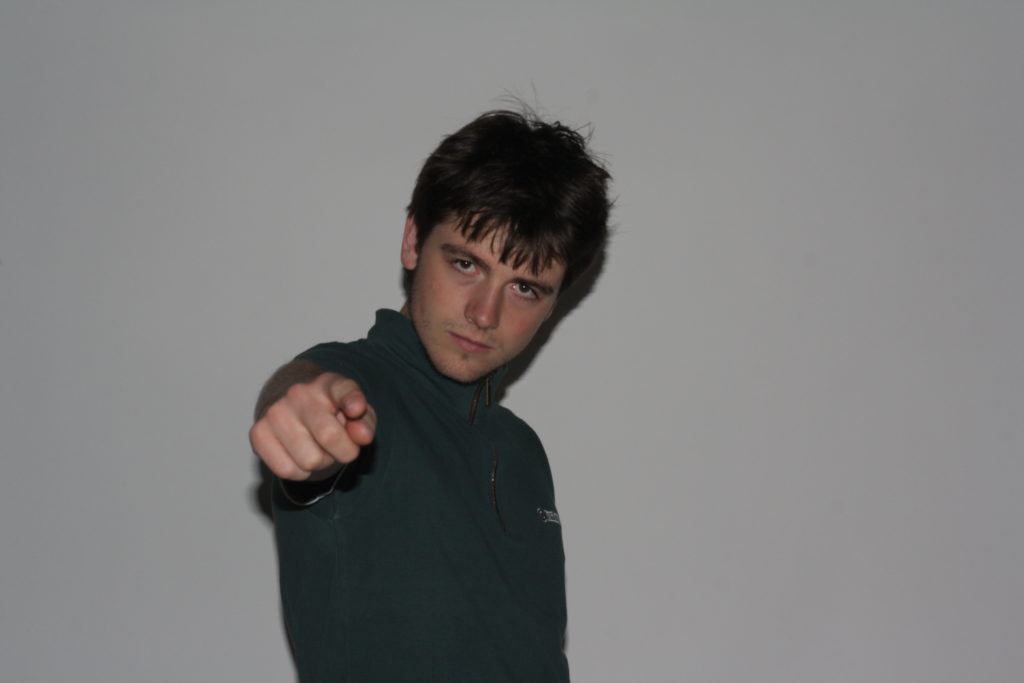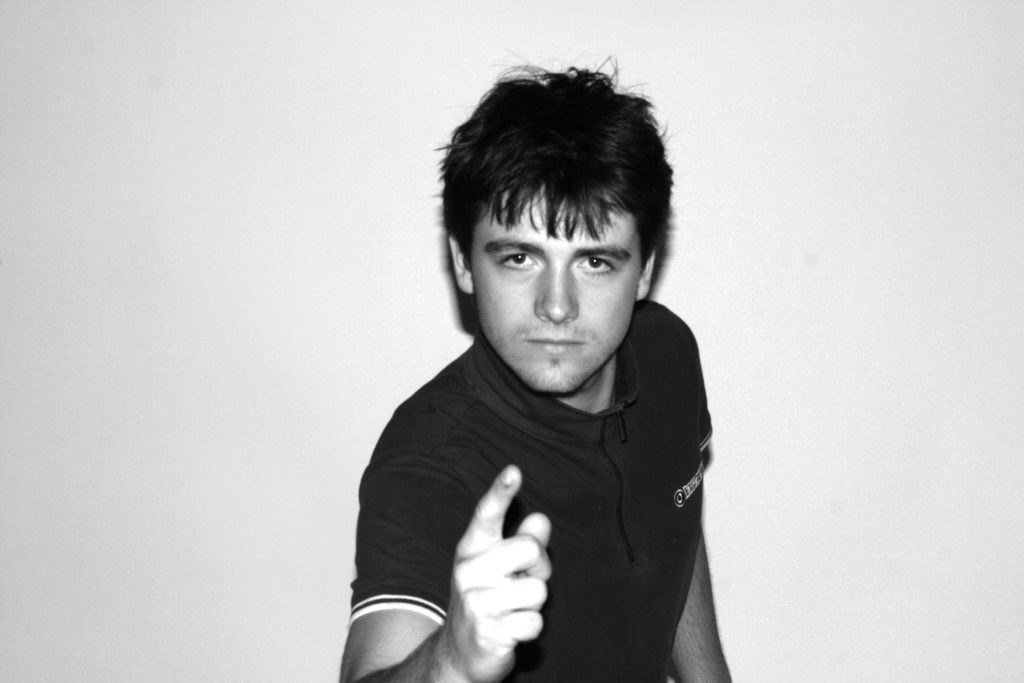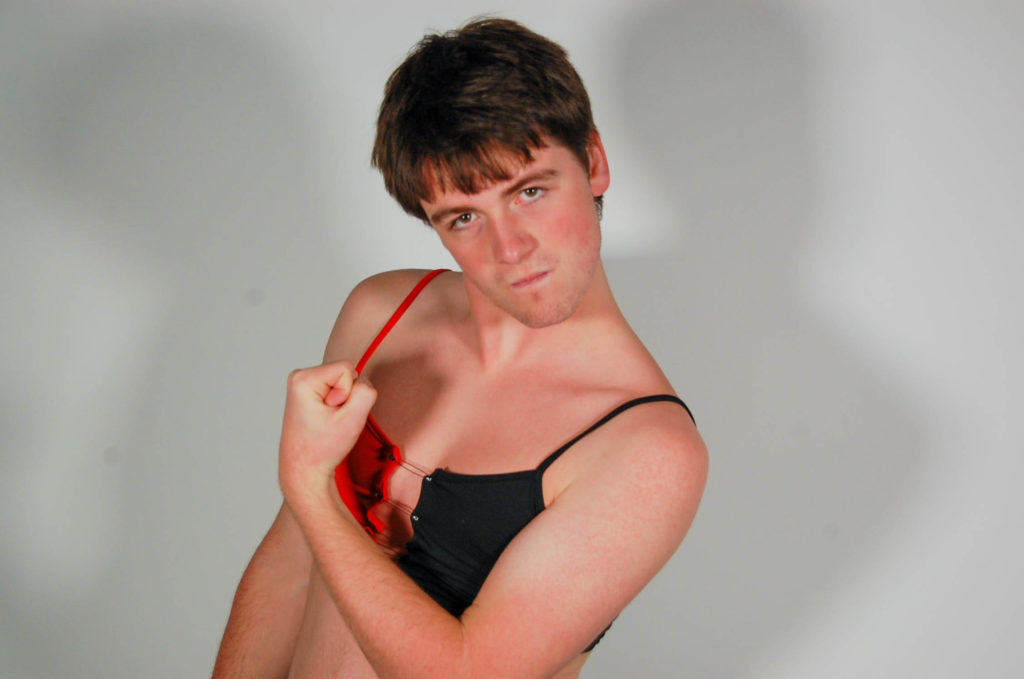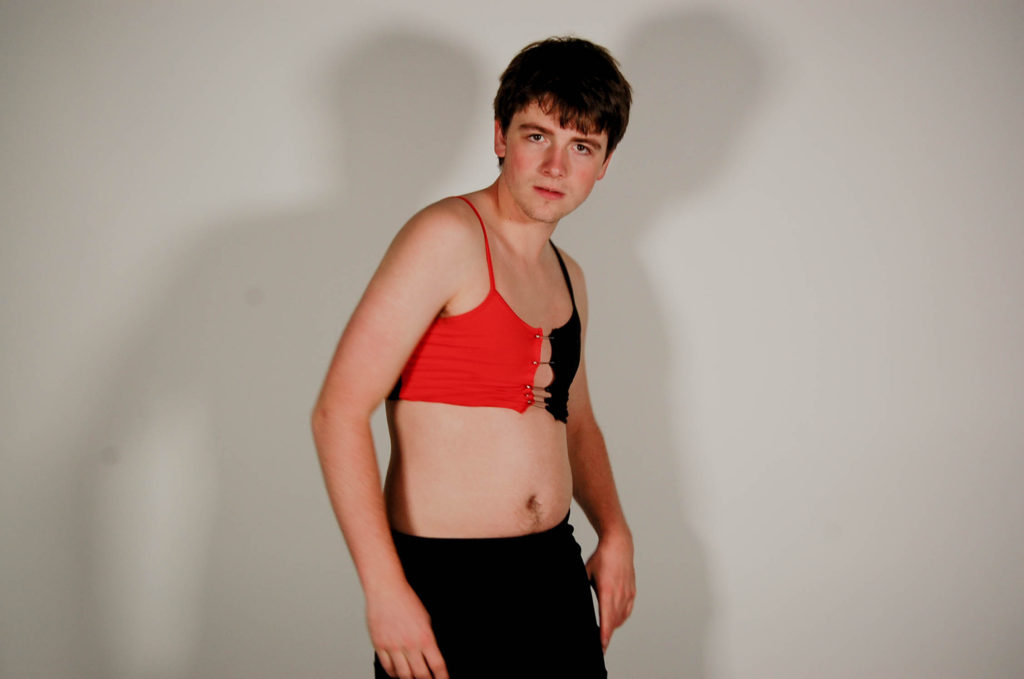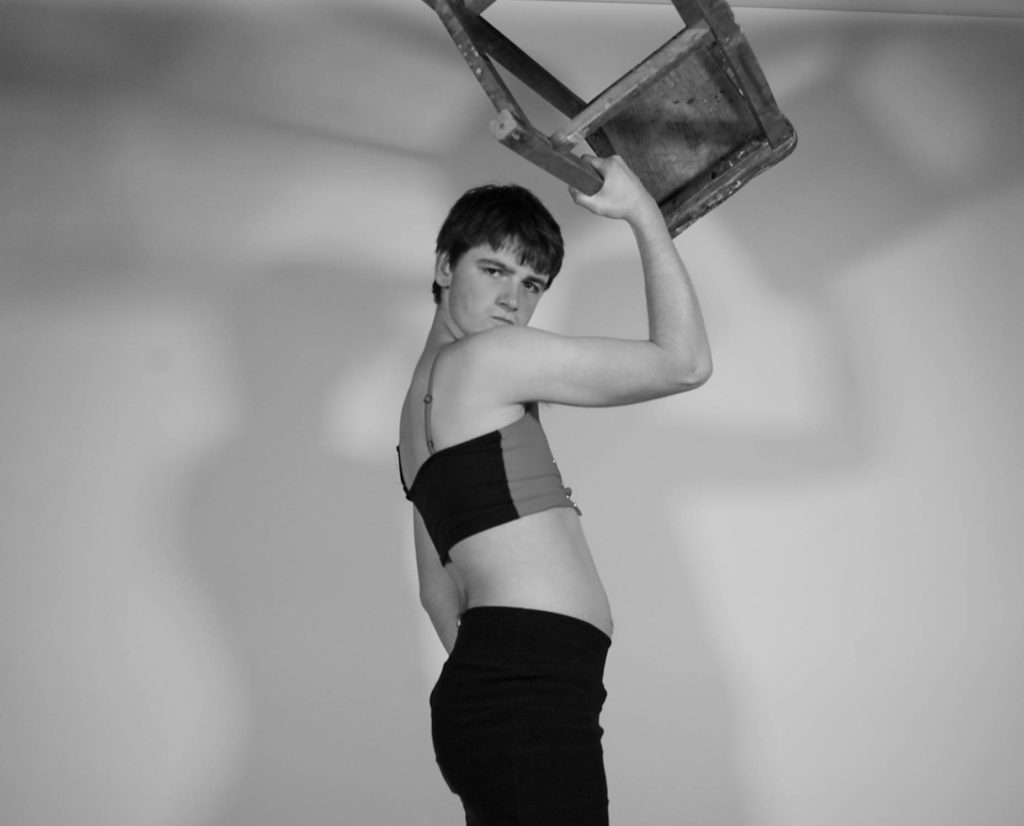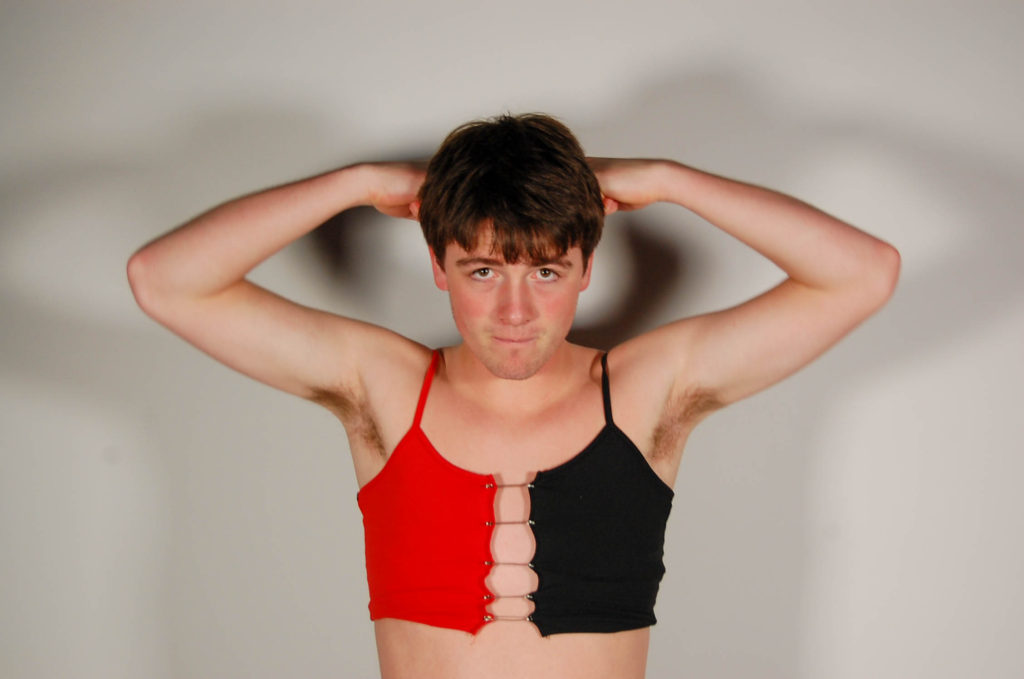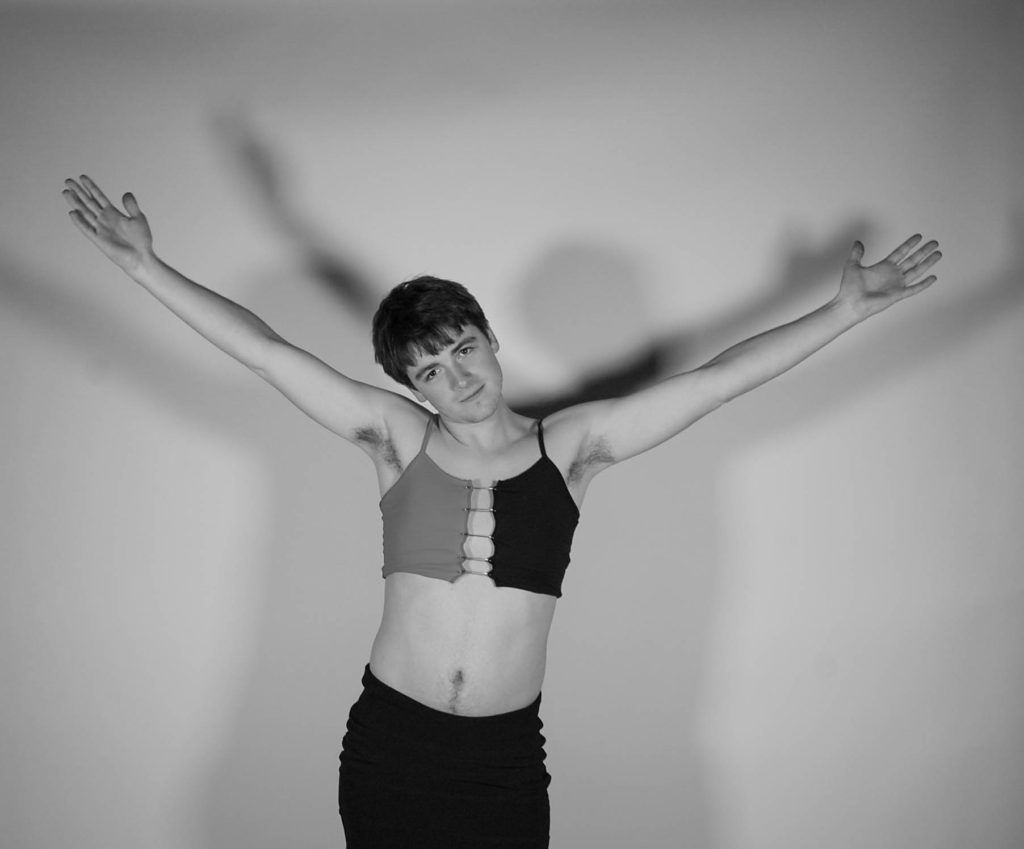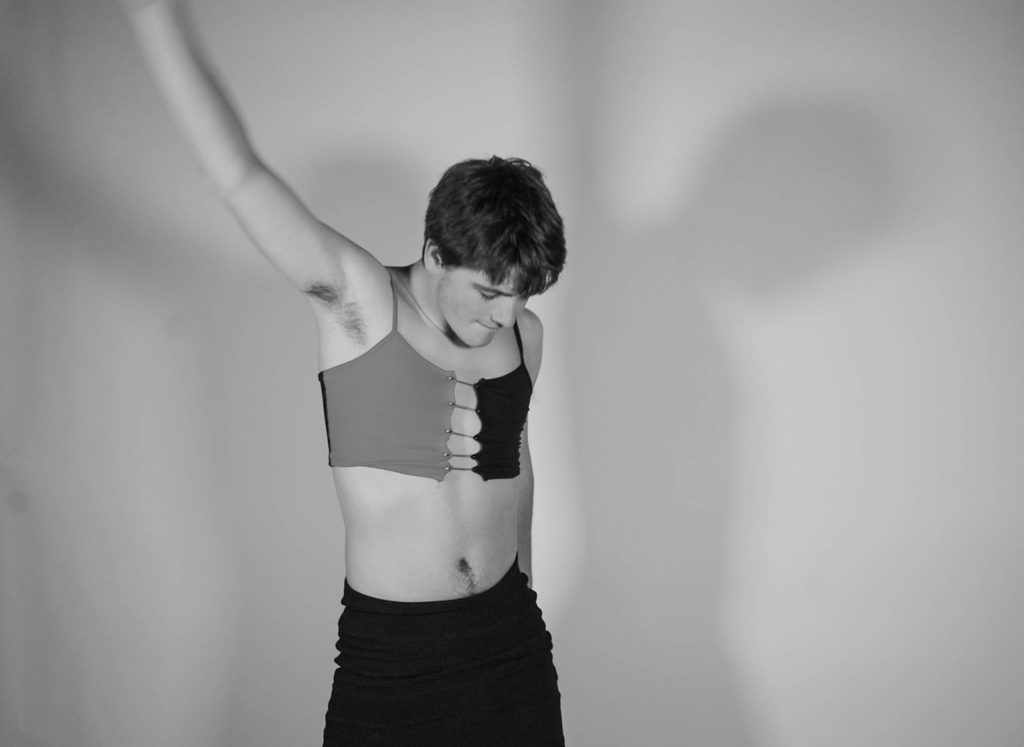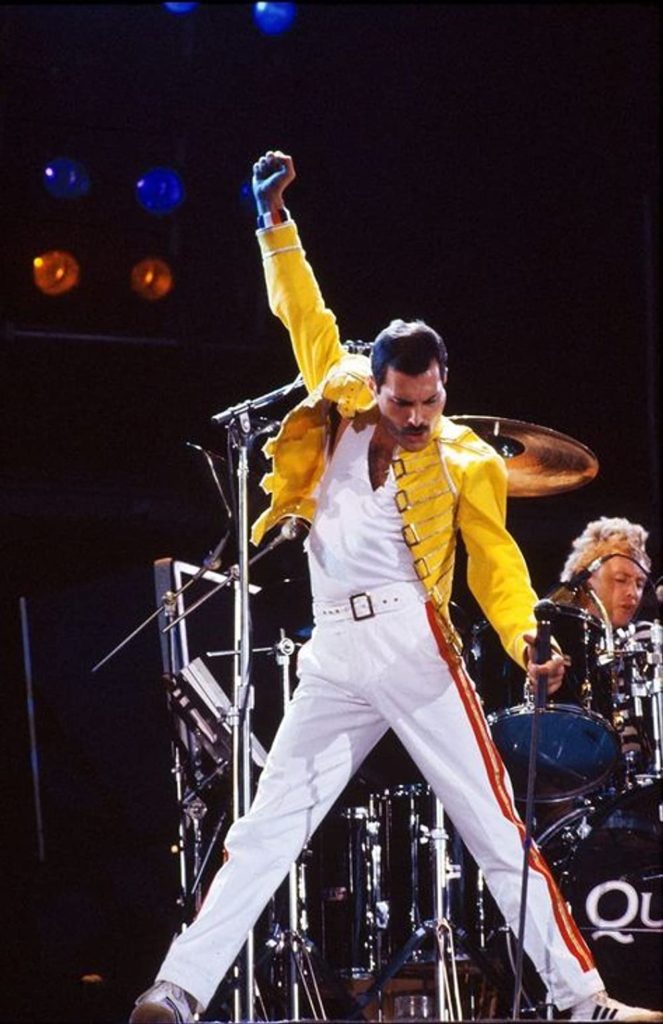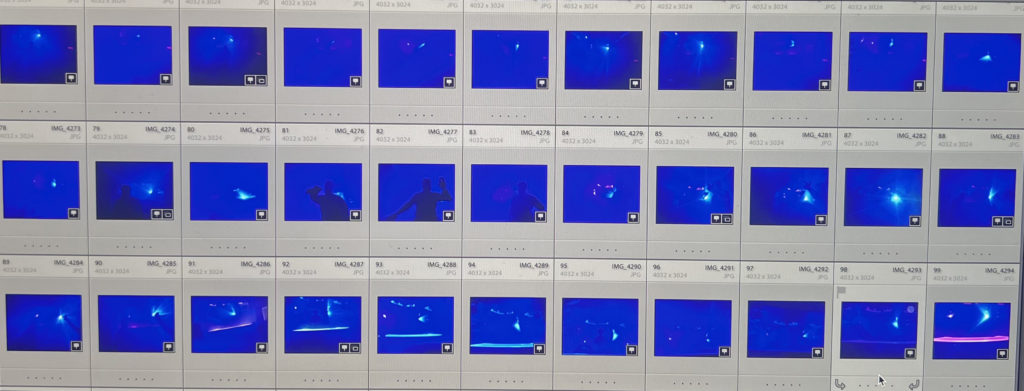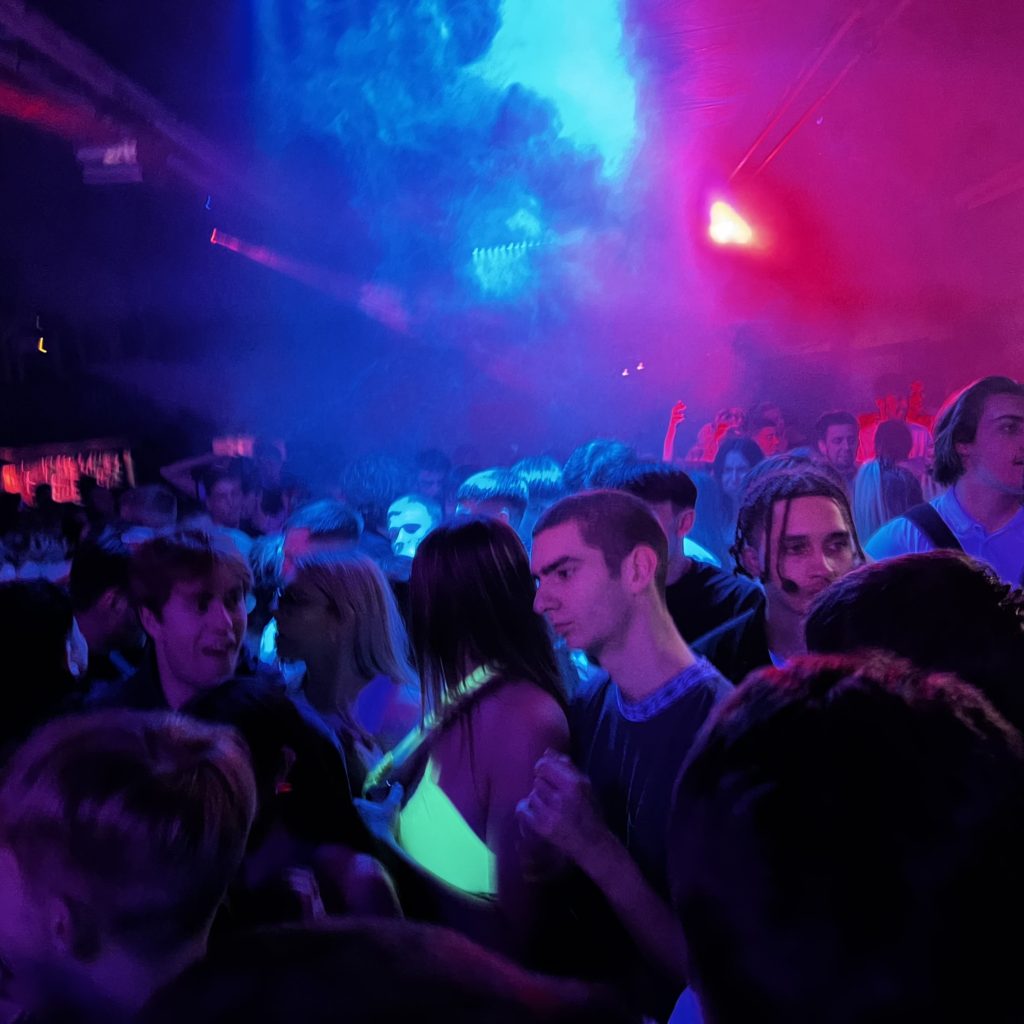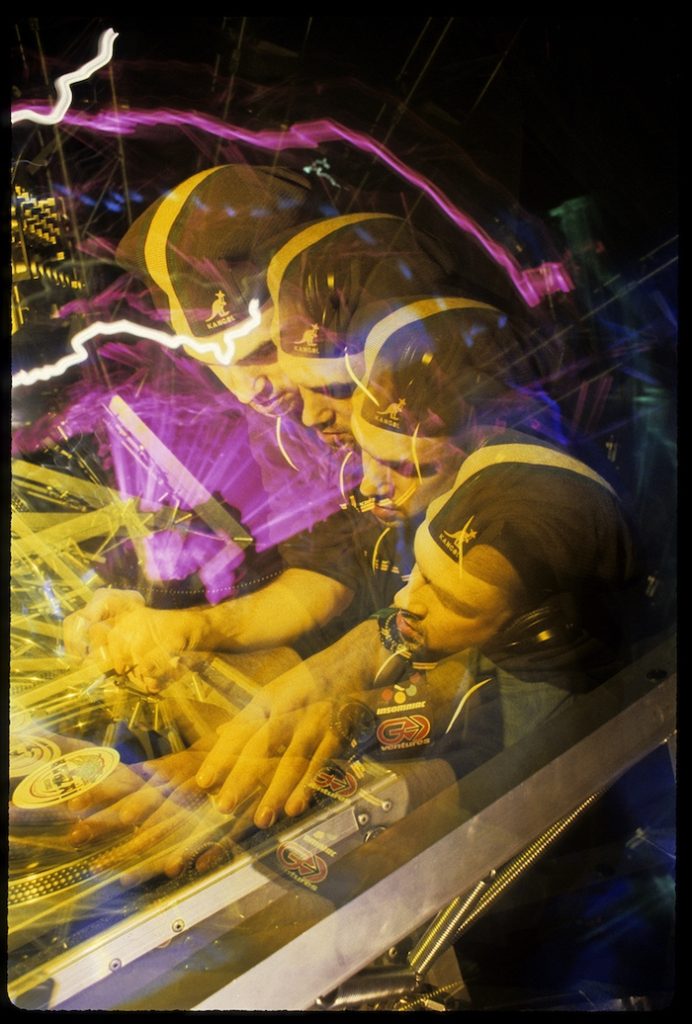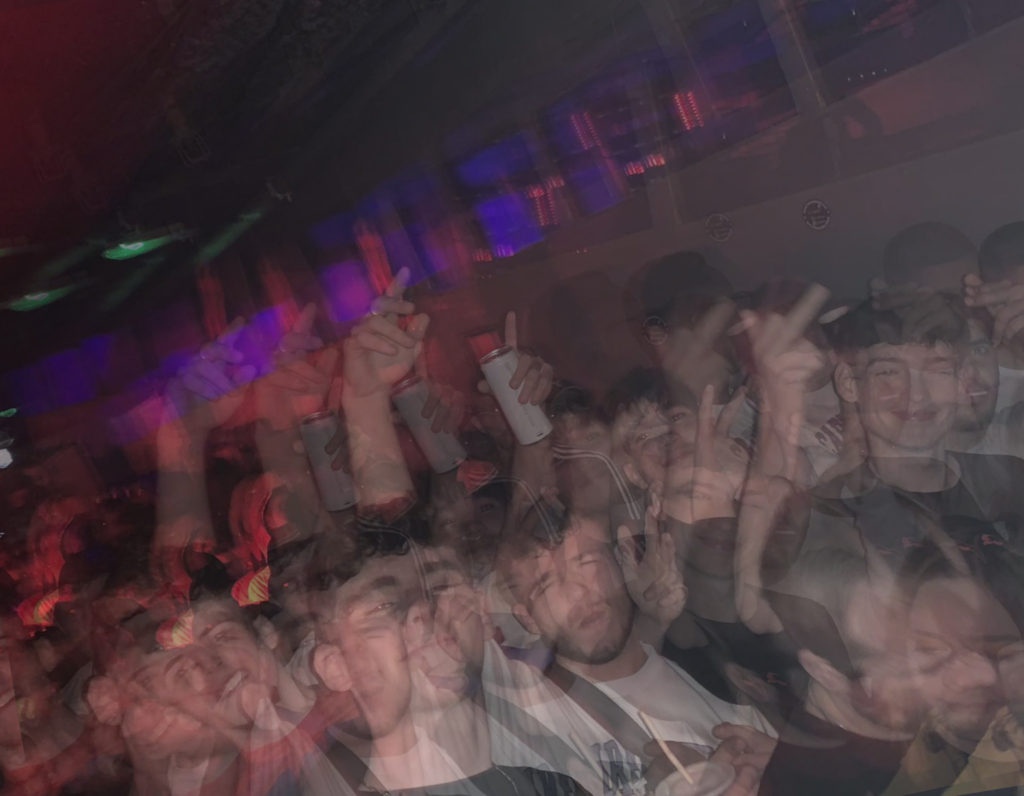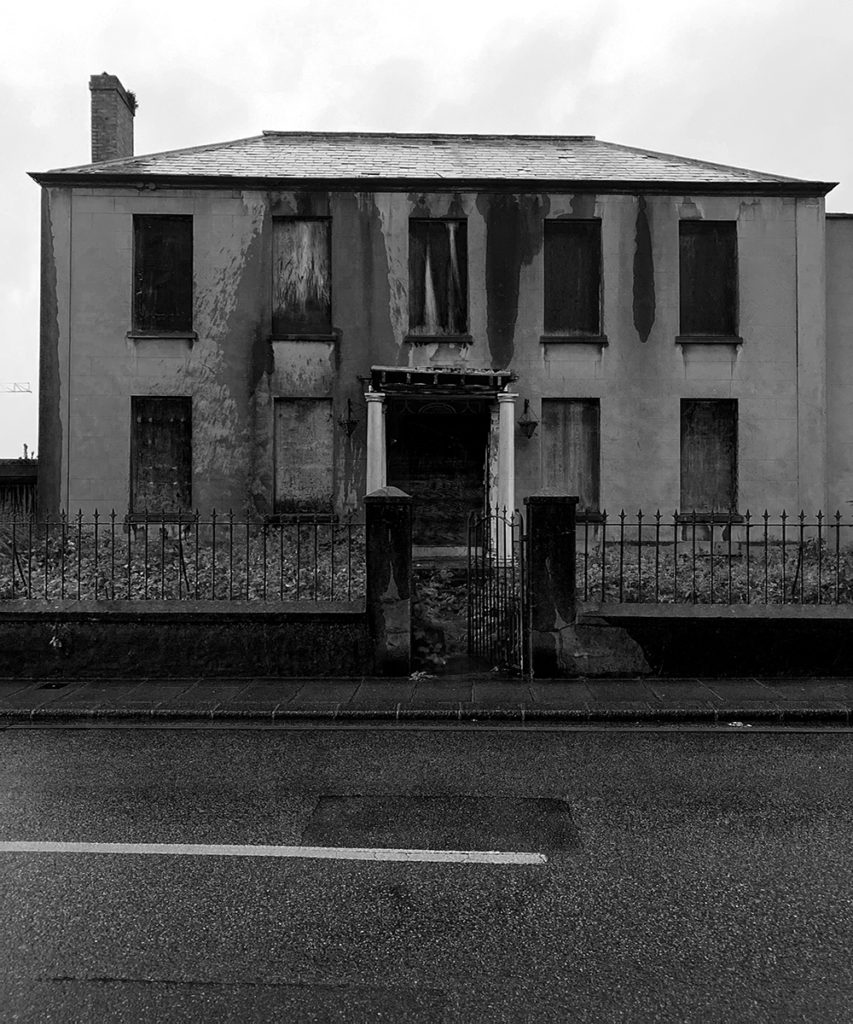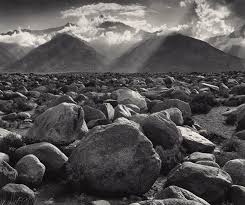New Normal:
This is the link to our final video, New Normal.
This film was created to emphasize the fact that everyone can wear what they want, when they want. We have added voice acting and music in the background of the video. We did this so that the video’s message was fully understood and conveyed.
The background of the video highlights the fact that color is often gender stereotyped. However, the white color emphasizes the fact that the clothing should be neutral, which is why we’ve got a male model wearing a skirt.
Voiceover aims to further emphasize that people should be themselves and that no one’s opinions should affect how they feel about themselves or prevent them from expressing themselves. The voice acting is masculine because many people judge men dressed as more feminine and call them hateful terms. Fashion stereotypes can be harmful to a person’s mental health. Men are often seen as strong, emotionless and closed-minded. Usually, if men don’t act this way, they are seen as weak and fragile. The most common derogatory names given to men who do not have the idea of masculinity in the media are called “bloc”, “gay” or “considerate”. Although these words are not generally used to be offensive; The media has made these common words rude and if someone is called that, they are not good enough.
Although we have focused on men’s perspectives in our project, this does not mean that this topic does not apply to women. Women have been called “sluts”, “tramps” or even “slaves”. The media judge women for their clothing length and appearance (e.g., makeup) and label them as seen by younger audiences, susceptible to media influence and their opinions more, and will come up with ideas about What they “should” wear when they can wear what they want without fear of someone telling them they don’t look normal.
The media is the worst thing to read if you want to feel good about yourself. The media is constantly focusing on the topic of fixing yourself or making yourself look like the most famous person (usually wearing hair and makeup, and possibly plastic surgery). The media point out the “flaws” of celebrities, then influence the minds of the readers into what they consider an acceptable way of dressing and dressing.
Process
We asked ourt model to wear different outfits for the film:
- Normal clothes
- Baggy sweatshirt with jeans ( masculine)
- Dress
- Crop top alongside jeans
Screenshots from film footage
At this point of the short film, our model is dressed like this at the start. This is because we want our model to be perceived as serious and having a strong physical presence. Furthermore, this had our model juxtapose to also being feminine later on in the short film, having the two contrast against each other physically and in the clothing worn in later in the short film.
When this is edited, the green screen will be blue at this stage. The reasoning behind this is to portray the colour blue being associated with the male gender. As even when a male baby is born the only colour to portray a male baby is blue.
Pose 2
The second pose was used to slightly contrast between the poses displayed with the 1st and 3rd poses. From what you can see, the model is a lot more relaxed and not as tense as the first pose. Therefore this goes to show how in recent years gender stereotypes have changed from the past. As in both genders can now can be whoever they want to be without being judged by society. Furthermore, both genders can even swap roles as this is expected in our society today as people may feel like they were born the wrong gender.
Pose 3/4
As you can see from poses 3(dress)/4(red and black top), we had our model in more feminine and fluent poses. In addition, we had our model wear feminine clothes.
Overall, the reasoning behind having our model in these poses is because we wanted it to contrast from the masculine poses earlier displayed in the short film. In the short film you see flickers of pose 4 from the masculine pose. This was to show the juxtaposition of the stereotypes behind the male gender on being able to be free and wear/ be whatever and whoever you choose to be. As for pose 3, this was displayed at the end of the short film with our model doing different poses in the outfit of pose 3. Furthermore, we had our model do feminine poses with a smile on his face. This was to show how both genders should be able to be comfortable in being whoever they want to be even if it means wearing feminine clothes as a male and vise versa. In recent years we see things such as pride month which is amazing as people get to express their feelings without embarrassment. Also, society gets the education of not judging these people.
Images of final film
Mario Testino is a famous fashion photographer who has been nicknamed “[the] godfather of fashion photography”. He has had a very close relationship with the fashion magazine VOGUE, and He has photographed celebrities such as Kate Moss, Oprah, Serena Williams and also the late Prince of Wales with the Duke of Edinburgh and the Duke of Cambridge.
Above is a link to a photography project Mario Testino done on how “Men have changed”.
Edited Images shoot 1
These first set of images displayed above is mean to portray the over exaggeration of what the stereotypical man is mean to look like. As you can see the images show a physical presence to them as the model is pointing directly to the camera. Also, the model appears to be tense in most of the images which portrays the masculine aspect to the images.
Furthermore, we added pink to some of this masculine set images in order to show juxtaposition form the colour pink being feminine alongside the poses being masculine. The outcome of this was to display that the male gender can be associated with the colour pink. Furthermore, how old stereotypes don’t have to be associated with today’s society. Meaning we can move on from old stereotypes and people can be comfortable within the genders.
Final/ favourite image
These are my favorite images because they remind me of Uncle Sammy’s propaganda that was used to call people to join the United States Army during World War I.
This is a powerful pose as it gives the viewer the impression that the model is observing and pointing at them. It shows that this problem needs to be fixed and that we need to stop expecting people to be like this or act a certain way.
Images are in black and white to represent outdated ideas that many have received from the media. The media has been the main thing for generations. The media generates opinions and many readers are influenced by what is said.
Black and white can also represent a metaphorical prison. This shows that the model is stuck in a society in which he feels out of place.
Edited images shoot 2
Editing
she used a quick Shutter speed in attempt to capture as much of the model’s movement as possible. The quick shutter speed allowed her to get a lot of images that looked similar so that she could get a range of images for the same pose and then choose the sharpest image.
To edit the images, she went onto Lightroom and changed the exposure, as the images were initially very bright, she then went and changed the levels of white and black in the image, once she had done that, she was able to change them to black and white. She kept the shadows quite prominent to highlight the fact that her model could be influencing others to express themselves and to not feel embarrassed.
Analysis
Men can wear whatever they want without fear of being judged. She asked the model to do this shoot because she knew he would be confident throughout the shoot. This is important to her because she don’t want to create a specially chosen photo session to depict people feeling good about themselves, when my model feels awkward, etc.
She separated black and white photos from the colour photos to emphasize that people are always two-faced.
Favourite Image
Editing
To capture these images, she used two solid white lights to cast shadows on the background. She liked that the lamp creates two shadows. She believed it represents the fact that everyone has personalities that we hide. It concerns Novella, Dr Jekyll and Mr Hyde, by Robert Louis Stevenson. Stevenson writes about how a very respectable Dr. Jekyll doesn’t always want to be what everyone sees. This is where Mr. Hyde comes in, Hyde is the evil faction of Jekyll, he does all the things that if Jekyll were seen doing them, he wouldn’t be seen again.
She edited this image in Lightroom. She increased the black level in the photo as the light created a slight sheen on the dress. It also makes the safety pins holding the shirt together more visible.
She used a fast shutter speed to try to capture most of the movement of the model made. The image she chose has a bit of a blur around the arms; However, she felt it works well with the rest of the image. The fuzzy arm helps highlight the change in people’s perspective and the fact that more and more people are starting to accept other people for who they are.
Analysis
This is my favorite image because the model accidentally copied the iconic pose adopted by Freddie Mercury. Freddie Mercury doesn’t care what people think of him, that’s why I think this image is a success because our shoot was done to show that people shouldn’t care what others think about him. their appearance.
The fact that black-and-white images may show some people have very old-fashioned beliefs, such as the belief that people should limit themselves to one style of dress. The black-and-white image also depicts the model’s fear of speaking out about being trapped in a male stereotype, which is often portrayed as strong, emotionless and the backbone of her family.
The two tones of the shirt show that there is never just one explanation for something. You can always find another way if you really need it. The fact that the black and white images are rather ironic because we are a group shows that nothing in this world is truly black and white.

